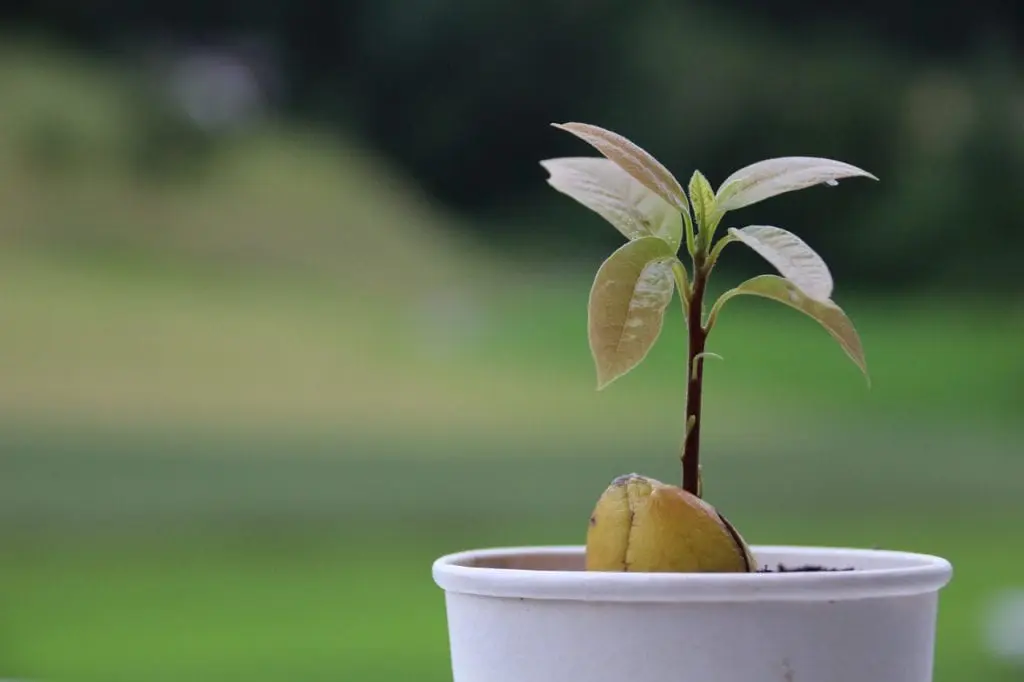When we have plants that have become very ill due to having suffered excess moisture for many days, the roots cannot perform their functions correctly since, having been subjected to significant water stress for that time, many rot. To save them, an emergency transplant is often recommended .
But what exactly is it and how is it done?
Index
- 1 What is it?
- 2 How is it done?
What is?

Technically speaking, an emergency transplant is one that is carried out in an inappropriate season to try to save the life of the plant in question . What time is that? It depends on the type of plant. To make it easier for us to understand, let’s see when they are transplanted normally and when the emergency transplant would be performed:
- Cacti and succulents : they have to be repotted in spring or summer at the latest, but if they are sick they can be transplanted in autumn, or winter if they are indoors.
- Trees and woody plants : they are normally transplanted in autumn or spring, but if we have one that is very sick, it could be repotted in summer (winter is not recommended, unless it is mild).
- Flowers : change the pot in spring if they are healthy, but if they get sick they can be changed in summer.
- Carnivorous plants : they are transplanted in spring, and as with flowers, if they get sick due to excessive watering, they can be changed in summer.
How it is performed?

The emergency transplant is performed as follows:
- Pull the plant out of the pot carefully.
- Wrap the root ball with absorbent paper, such as kitchen paper for example.
- Keep it like this for 24 hours, in a place with indirect light and protected from drafts.
- The next day, look at the roots. Look to see if it has some that are black -without manipulating the root ball too much- and, if this is the case, cut them with scissors previously disinfected with pharmacy alcohol.
- Plant it now in a pot with a very porous substrate, such as black peat mixed with perlite in equal parts. If they are carnivorous, use blonde peat moss and 50% perlite.
- Put it in partial shade.
- Treat it with systemic fungicide, as the fungi could infect it.
- After a couple of days, water it with some very special rooting hormones: lentils.
It may lose a lot of leaves, but the chances of improvement are very high

